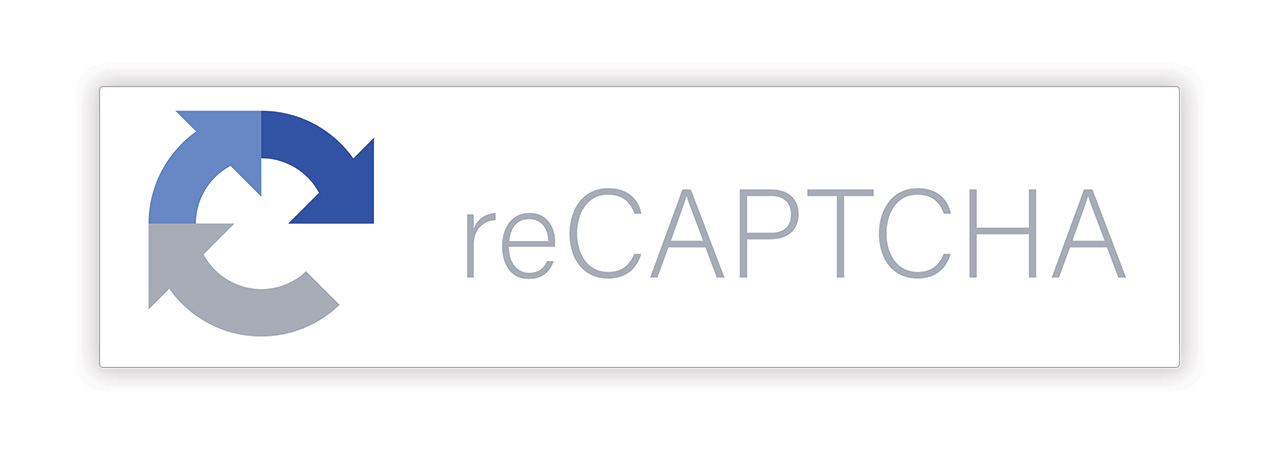
How to Calculate the ROI of Your Workplace Training System
There is a lot of value in creating the best training system you can. Training can saves livelihoods and so much more. According to studies, training directly correlates with lower costs from accidents or lost time injuries. This is the main reason for calculating the ROI of your training program first. The right training program can help you save money, which can lead to opportunities on platforms you might not have previously thought of.
Explore This Article:
Choosing Your Training System and Classes
Our first step is brainstorming the training you need. You need to ask questions like:
- How much training do we need?
- Do we need to go to a physical classroom?
- Can we save with online safety training?
- How often do we need renewals?
- Will my team pay attention? Or do we require virtual proctoring?
- Will we benefit from training record management software or are paper certificates adequate?
Training Return on Investment (ROI) Equation
Training Costs
Course fees + time it takes your employees to complete the course = total cost of training
Costs of Incidents
Direct costs previous year + lost productivity previous year = total cost last year
Direct cost current year + lost productivity current year = total cost current year
Yearly Gains in Safety
Total cost last year – total cost the year you buy the training (current year) = yearly gains in safety expenditure
Training ROI Sum
Yearly gains in safety expenditure / total cost of training = training ROI decimal
Training ROI Percentage
Training ROI decimal x 100 = your training ROI percent return on investment
Examining Our Training ROI Percentage
The sum is the next thing we need to consider. If you correctly calculate the training ROI, you will receive a percentile. If your final result is greater than 100 percent, you have made a wise choice in terms of your training, as you will receive money back for each dollar spent on the necessary training.
If your percentage is below 100, it doesn’t necessarily mean you’ll lose money. Keep in mind that everything training-related always involves unmeasurable variables, many of which being cost benefits.

An Example of Workplace Training Return on Investment Equation
Let’s use a small roofing company (10–15 employees) as an example, which spends $1,250 on safety training over the course of a year and incurs $600 in first aid and ambulance costs as a result of two safety incidents.
We should compare the roofing company’s year to the previous one in order to get results that are relevant. So let’s evaluate the year the previous year.
Preceding Year
The previous year, the company had three incidents that cost a total of $1,900. These included a fall that required $1,500 in physical therapy sessions and two minor cuts that required $400 in first aid supplies and care.
Indirect costs, such as lost productivity during the incident and during training, can have an equal impact on the bottom line as direct costs. The company also lost $2,400 due to 15 employees missing a day’s worth of work during training (15 x $20/h x 8h). The incidents also resulted in an overall 5-hour work stoppage (15 x $20/h x 5 = $1,500).
So, we should take into account a) the time and expenses for the classroom training ($2,400) and b) the time lost as a result of the incident (1,500).
- Course Fees ($1,250) + Lost productivity ($2,400) = $3,650 = total cost of training
- Direct Costs Previous Year ($1,900) + Lost Productivity Previous Year (12h x $20/h X15 men = $3,600) = Total Loses Last Year = $5,500
- Direct Costs This Year ($600) + Lost Productivity This year ($1,500) = Total Loses This Year ($2,100)
- Total Loses Last Year – Total Loses This Year = $5,500 – $2,100 = $3,400
- Yearly Gains in Safety Expenditure ($3,400) / Cost of Training ($3,650) = .93 = 93% return on investment (ROI)
As you can see, adding up all the quantifiable expenses results in a figure of.93, representing a 93% return on every dollar spent on safety. In this case, it appears that the training cost the business 7% on every dollar invested in training. And this is only comparing to the year before, to get a better picture you should use a bigger pool of data if available. An average of 5 years of incident costs can give a you a clearer picture of your average incident costs.
And there are cheaper options than classroom training. One being online training, which takes less time and can be done anywhere you have an internet connection, mitigating the time lost for training.
An Example of Online (Workplace) Training ROI Calculation
Due to less time spent travelling and taking time off than in-person classroom courses, online courses are frequently more affordable. They also have slightly lower course fees. The same fall arrest training is available, and it only takes staff three hours to complete. As a result, you avoid losing at least five hours of work and give your team the necessary training.
The same example as the one above using online training would look like this:
- Course Fees ($1,200) + Lost productivity ($900) = $2,100 = total cost of training
- Direct Costs Previous Year ($1,900) + Lost Productivity Previous Year (3h x $20/h X15 men = $ 900) = Total Loses Last Year = $1,800
- Direct Costs This Year ($600) + Lost Productivity This year ($1,500) = Total Loses This Year = $2,100
- Total Loses Last Year – Total Loses This Year = $5,500 – $2,100 = $3,400
- Yearly Gains in Safety Expenditure ($3,400) / Cost of Training ($2,100) = 1.61 = 161% return on investment (ROI)
161% ROI looks great, but again, we must take in to account that our example only compared to one year prior, which could have been a particularly bad year. So it’s important to use as much data as possible to get the most accurate figures.
Not to mention, there’s a ceiling on safety expenditure gains. When a trainee can use the training, it is beneficial and may return on investment. However, choosing the wrong training will not net positive returns.
So it’s true, there’s a lot of benefits to training we can’t track. But that makes a training ROI all the more useful. It gives us a place to start, and ground to grow from.


























